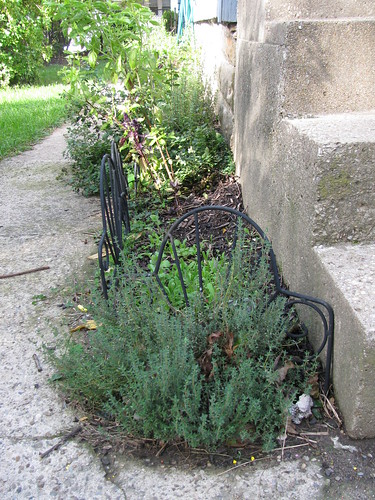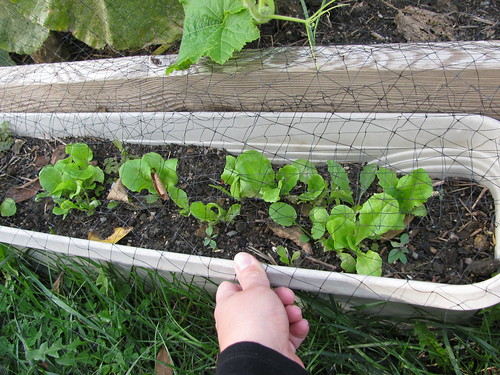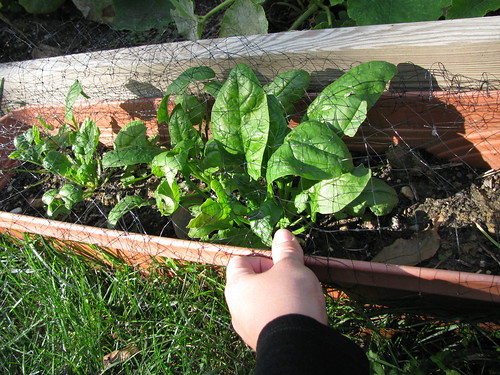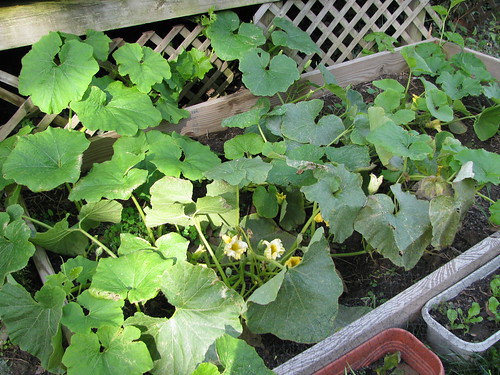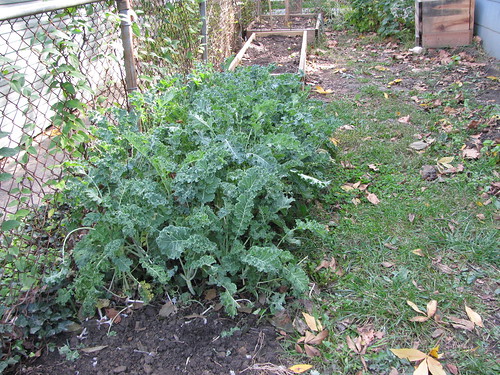The holiday shopping days are upon us. I put together this list of presents ideal for the locavore, gardener, or cook on your gift list.
If you have the time, please shop locally to support your local economy and small businesses. If you prefer online shopping, click on the pictures for links.

Local ingredients - visit Local Harvest or your farmer's market to gift a CSA subscription. Alternatively, put together a basket of local ingredients from your area.

Unique ingredients - Recently the folks at Marx Foods gave me 13 salt samples to review. A sampler of ingredients (Marx also sells meat, mushroom, and sea vegetable samplers) would be most welcome in a food loving home. You can also find specialty items at a gourmet grocery stores like Hill's Market or Weiland's in Columbus.


Cast Iron Cookware - Our iron skillet and griddle see an enormous amount of use. Cooks will appreciate that a gift of cast iron is a gift that lasts generations. If you are on a budget, cast iron cookware can be found with careful searching at thrift stores.


Food Mill - a manual powered puree maker is perfect for pumpkin, apple, and tomato sauce. I have found food mills at thrift a few times too.


Stoneware - A pizza stone and stone baking pan are must haves in my opinion. I recently received stoneware muffin pans and they are wonderful too. Stoneware heats more evenly than glass or metal and naturally nonstick seasoning forms a perfect crust on baked goods.


Vacuum Sealer - not a must have, but a nice tool for gardeners and those who purchase in bulk. I recently posted all my thoughts about vacuum sealers.
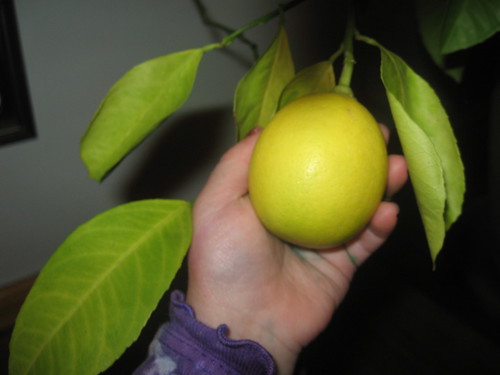
Plants - Most gardeners I know are plant collectors. Gift givers could choose a specialty indoor plant (tropical fruit trees like lemon and bay leaf are fun) or gift certificate to a local nursery.

Seeds & Tools - Many seed suppliers are sold out right now but will begin restocking in the spring. Seeds of Change and Seed Savers Exchange (my favorite suppliers of rare and heirloom seeds) both have gift certificates available. They also sell quality gardening tools.

Cool Clothes - Columbus local shop Skreened prints your designs (or choose from thousands of independent designs) on American Apparel ethical t-shirts and totes. They ship worldwide and have an awesome deal currently of 15% off + $10 giftcard on purchases over $35. Use code EVERGREEN at checkout. I'm partial to those friend's shops Earth Flutter and Restaurant Widow.

Earth Friendly Water Bottle - Gardening and cooking is hard work. Our store, Baying Hound, sells a wide variety of stainless steel water bottles, carriers, and eco accessories. Locals get free delivery and the coupon code FREESHIPPING gets free shipping nationwide on orders over $40. You didn't think I could write a gift guide without including Baying Hound, did you?
Donations - Many families are doing away with tangible gifts and replacing them with charitable donations. If your recipient is of a like mind, consider donating to a food preservation society like Slow Food, organization for ecological farming like Ohio Ecological Food and Farm Association, or a community garden.
Happy gift giving this holiday season!
 We love our baby blue rain barrels. They collect rainfall and we barely had to use city water for the garden this summer.
We love our baby blue rain barrels. They collect rainfall and we barely had to use city water for the garden this summer.
 Snow falls on garlic.
Snow falls on garlic.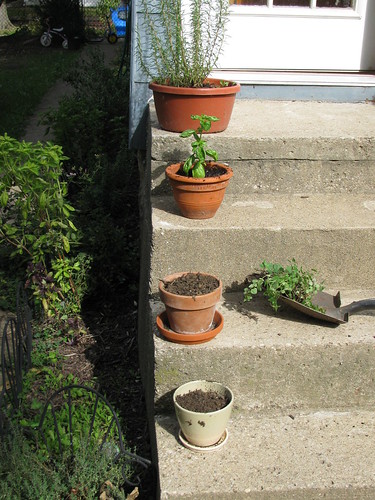
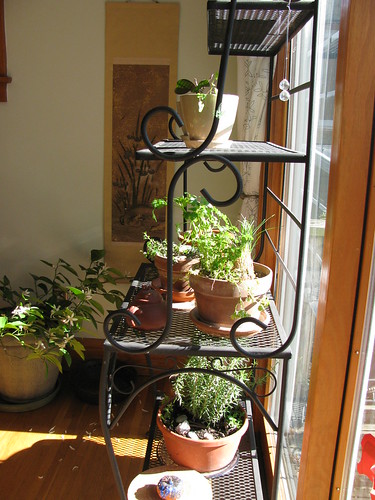

















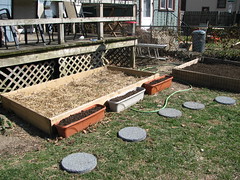 It is never too early to prepare for a spring garden. Whether you are planning your first garden or are an experienced gardener, fall and winter offer time for reflection and forming new habits.
It is never too early to prepare for a spring garden. Whether you are planning your first garden or are an experienced gardener, fall and winter offer time for reflection and forming new habits.
 'Tis the end of the basil growing season as a deep frost looms tonight. What to do with the all this basil? Make pesto, of course!
'Tis the end of the basil growing season as a deep frost looms tonight. What to do with the all this basil? Make pesto, of course!

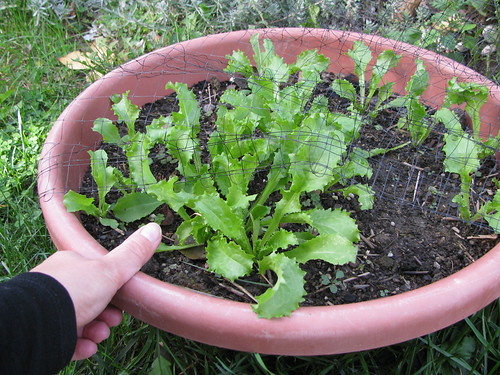 It has been a long time since I entered a
It has been a long time since I entered a 